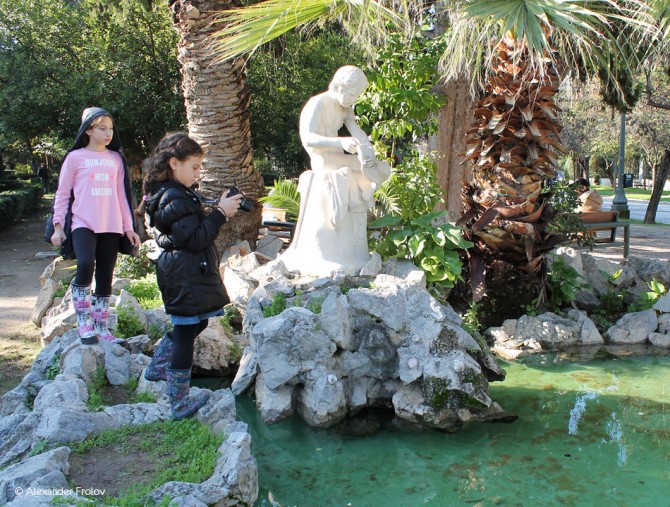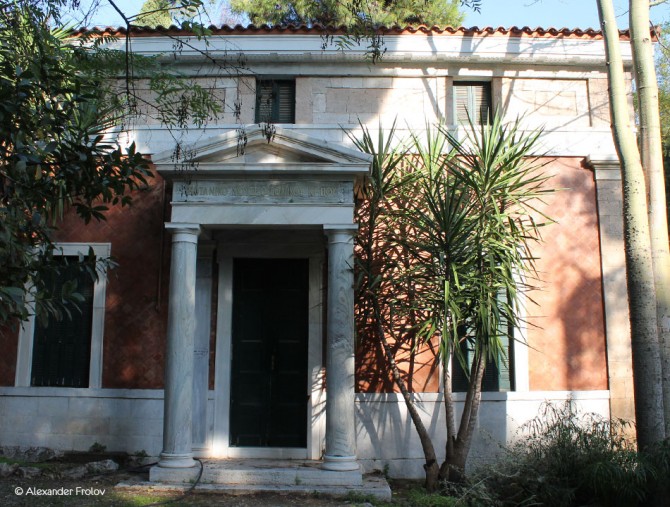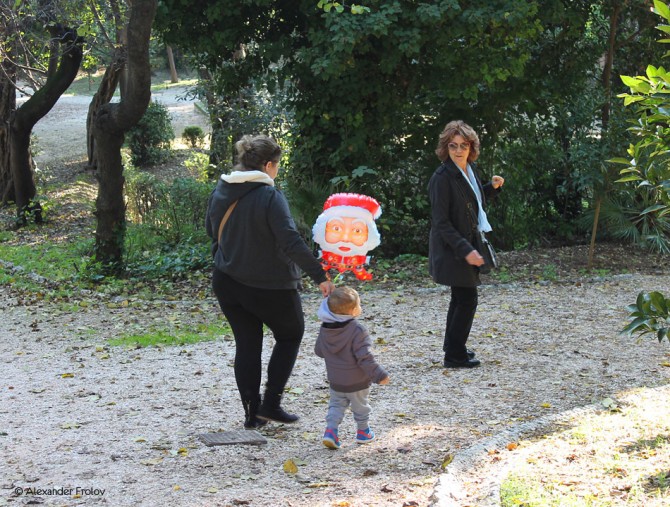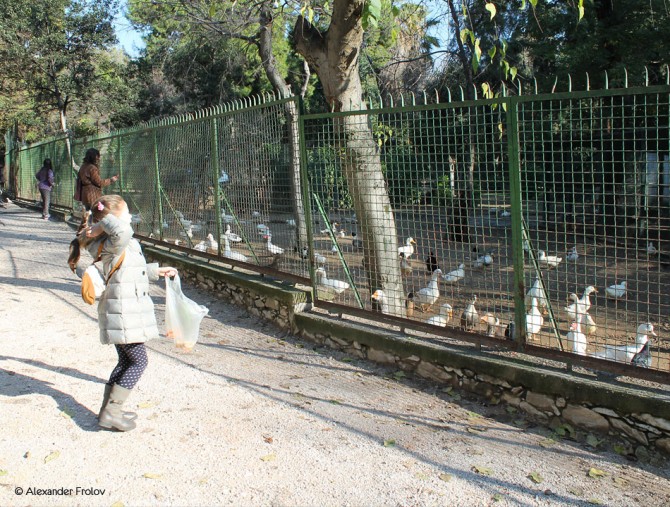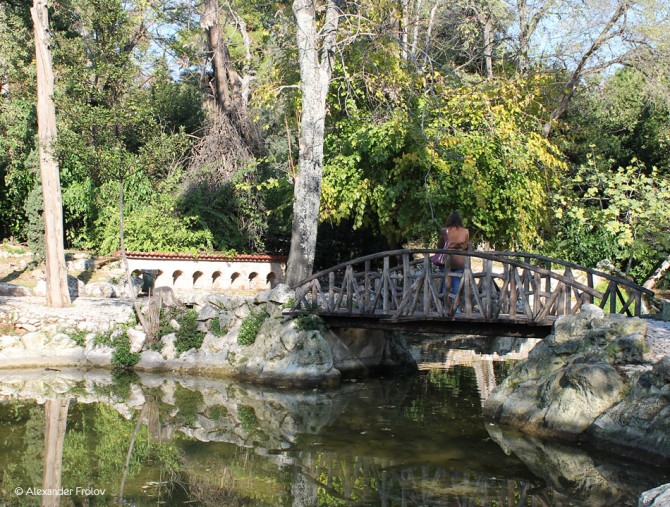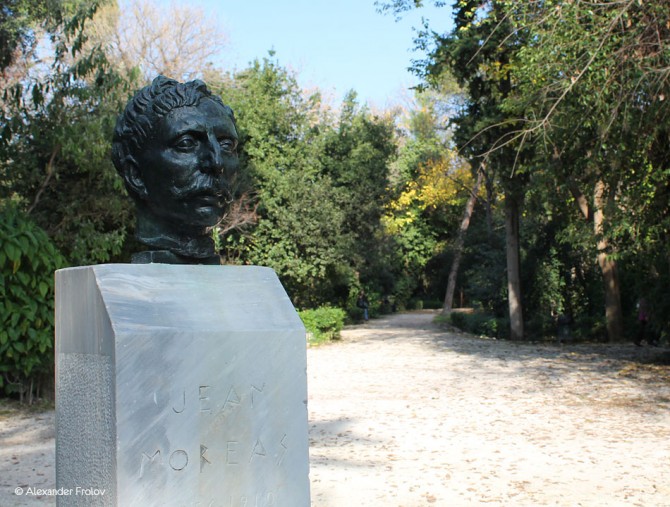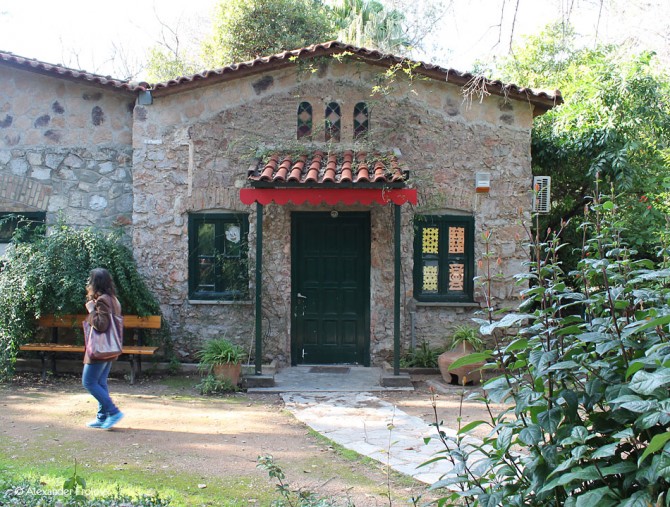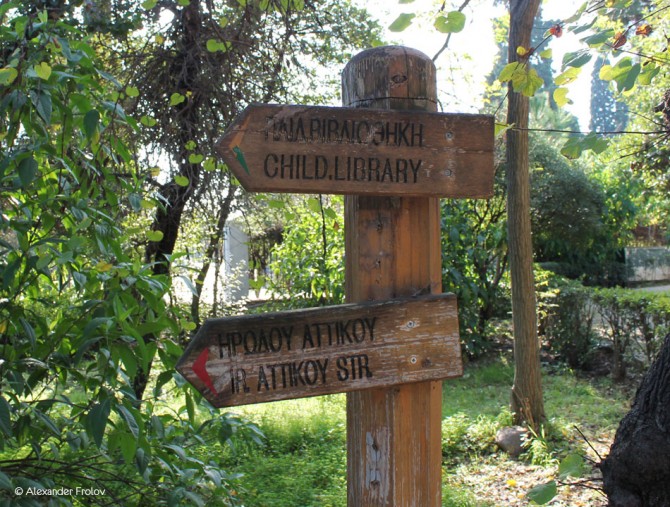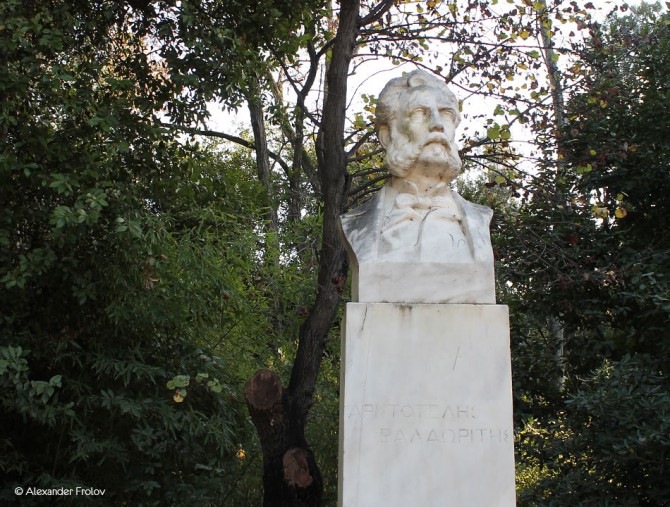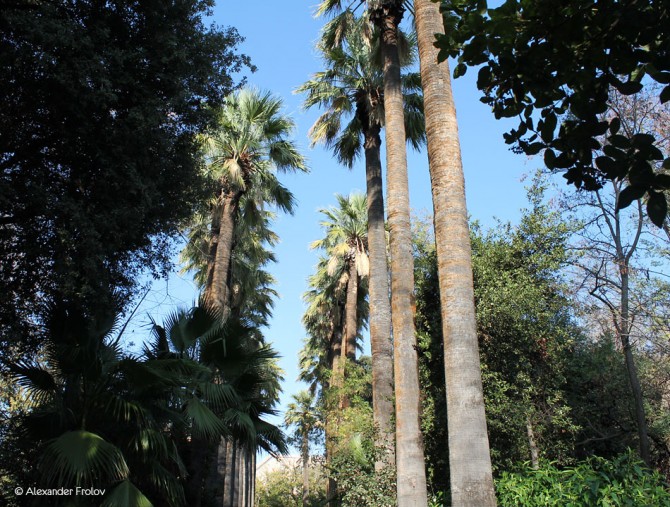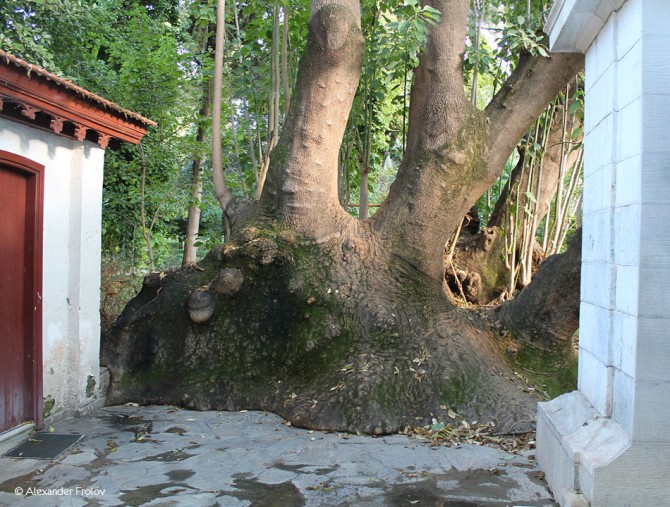Национальный сад Афин
Наряду с Парком свободы, афинский Национальный cад - это один из немногих “зеленых оазисов” греческой столицы. Сад занимает площадь 15,5 га в самом центре Афин, в непосредственной близости от Греческого парламента и дворца Заппео. Строительство сада было начато по приказу королевы Амалии Ольденбургской, женой короля Оттона, в 1838 году и было закончено через два года. Неудивительно, что раньше он назывался “Королевский сад”. Автором проекта был немецкий садовод Фридрих Шмидт. Для осуществления всех замыслов было ввезено более 500 видов растений. Однако для многих из них средиземноморский климат оказался не благоприятен и некоторые растения все же не прижились. Но не смотря на этот факт, обилие флоры и фауны в парке все равно поражает. Тут порядка семи тысяч деревьев, сорок тысяч кустарников, маленькие озера с утками и лебедями и даже небольшой зоопарк. Когда работы по благоустройству сада только начинались, для Амалии был установлен трон для наблюдениями за работой. Сейчас в это поверить сложно, но тогда с этой точки было видно море и даже остров Эгина и Пелопонеес.
Помимо флоры и фауны парк славен произведениями искусства: памятниками, римскими мозаиками и древними руинами. А новейшую историю Греции можно тут изучать по бюстам героев и просто личностей внесших свой значительный вклад в историю нового греческого государства. Это Иоанн Каподистрия - первый президент Греции, автор государственного гимна Дионисиос Соломос, эпический поэт греческой революции Аристотель Валаоритис. И конечно же, многие и многие другие. Главное достоинство парка - бюсты героев тут не "спорят" с животными в зоопарке, а древние руины прекрасно уживаются с экзотическими растениями. По большому счету - это самое лучшее место для прогулок с детьми. А еще тут есть два музея - детский и ботанический, солнечные часы и детская библиотека.
Как добраться до Национального сада в афинах:
- на метро: станция Синдагма
Вход на территорию парка бесплатный
Фото и текст: Александр Фролов
The National Garden of Athens
Just a breath away from the Syntagma Square, you can find the National Garden (formerly known as the Royal Garden), which seems like a small paradise in the heart of the city. Its construction was commissioned by Queen Amalia in 1838 and completed two years later, designed by the German agronomist Friedrich Schmidt. Little lakes with ducks and swans, a mini zoo and hundreds of trees and plants create a magical environment where you can forget for a while the stress of the city. The dense vegetation of the National Garden includes both typically Mediterranean species, and many exotic, some of which are only here and nowhere else in Greece. According to a survey conducted in 1981 in the Garden, there are around 7,000 trees, 40,000 shrubs and other plants, belonging to 519 species and varieties. Of these, 102 were native Greek (redbud, Oleanders, locust, etc.), while others come from all continents. The art has also its place here, like the impressive roman mosaic near the entrance of Vas. Sofias Avenue and the six busts of nationwide figures, among them the poets Aristotle Valaoritis* and Dionisios Solomos**. Wandering in the alleys of the Garden, you will also encounter the beautiful Sundial (at the entrance of Vas. Amalias Avenue), the Children’s Library, with more than 6,000 children’s books and fairy tales, the playground, the cafe of the Garden, and the Rock of Amalia. On this rock, which is located behind the playground, the queen Amalia had placed a metal seat to oversee the gardening works. From this point, the time where the trees were low and there were no buildings around, you could see the sea, the island of Aegina and even Peloponnese. It is assumed that at this point there were also parts of the walls of the old Athens.
The National Garden, 1 Vassilissis Amalias Avenue (second entrance at Vassilissis Sofias Avenue), metro station Syntagma. Open to the public from sunrise to sunset, every day. The entrance is free.
*Aristotle Valaoritis (1824-1879) was an epic poet of the Greek Revolution of 1821 and one of the most distinguished Heptanisian poets of the 19th century.
**Dionysios Solomos (April 8, 1798 - February 9, 1857) was a Greek poet, best known for writing the poem “Hymn to Liberty”, the first two turns of which became the national anthem of Greece.
Τext: Marilou Pantazi


